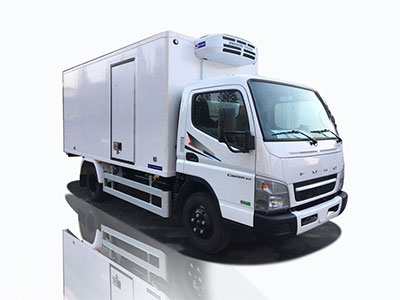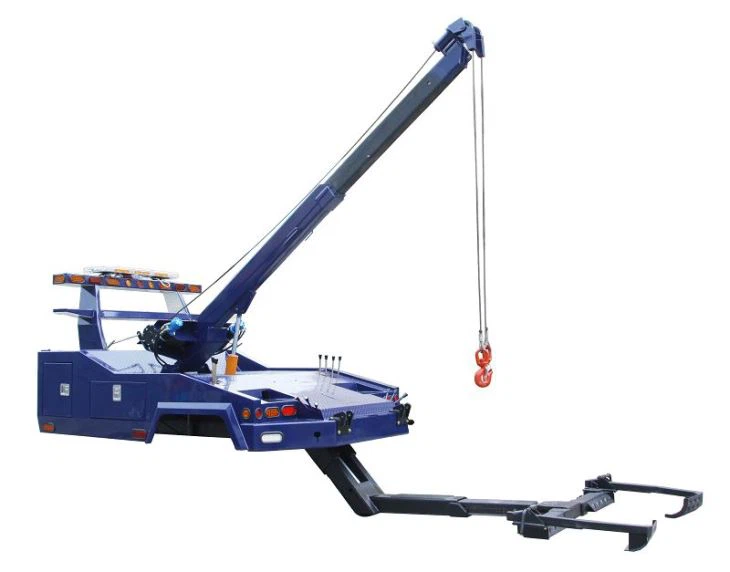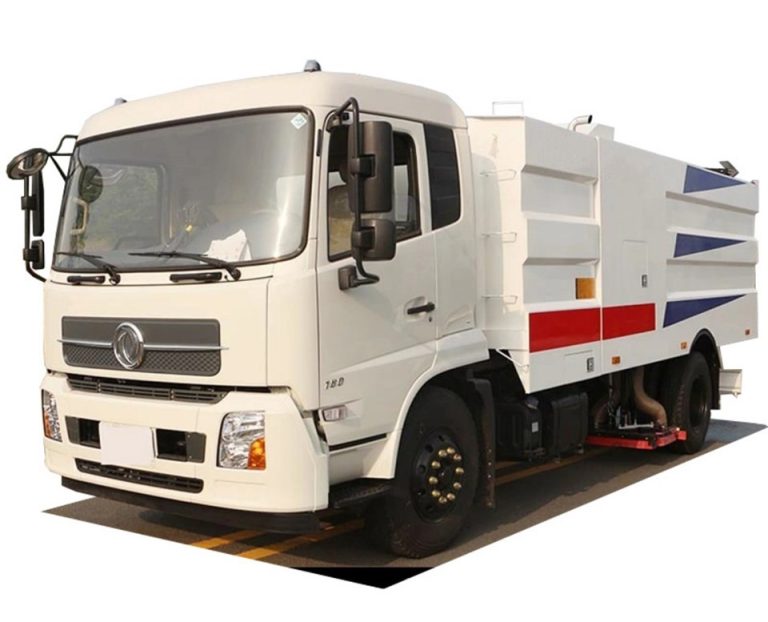When it comes to emergency rescue operations, one of the most important aspects of a firefighter’s toolkit is hydraulic rescue tools. These specialized devices are designed to empower firefighters to extricate victims trapped in various scenarios, including vehicle accidents, collapsed structures, and other disasters. This article covers everything you need to know about firefighter hydraulic rescue tools, including types, usage, advantages, and safety tips.
Understanding Hydraulic Rescue Tools
What Are Hydraulic Rescue Tools?
Hydraulic rescue tools, often referred to as “cutters,” “spreaders,” and “ram tools,” utilize hydraulics to generate immense force to perform various functions. They are essential during rescue situations, allowing firefighters to access and save victims quickly and efficiently.
How Do Hydraulic Rescue Tools Work?
These tools operate on the principle of hydraulics, where fluid is forced into a cylinder that activates the tool’s mechanism. The force multiplication provided by hydraulics means that a small amount of input can lead to a significant output of force, making it easier to cut through metal, spread objects apart, or lift debris.
Types of Hydraulic Rescue Tools
| Tool Type | Function | Features |
|---|---|---|
| Hydraulic Cutters | Cut through metal and other hard materials | Interchangeable blades, adjustable cutting mechanism |
| Hydraulic Spreaders | Widen spaces to free trapped victims | Dual-action jaws, lightweight design |
| Hydraulic Rams | Push objects apart and create openings | Variable length, high lifting capacity |
| Combination Tools | Offer cutting, spreading, and lifting functionality | Versatile, compact design |
Applications of Hydraulic Rescue Tools
Vehicle Extrication
One of the most critical areas where hydraulic rescue tools are employed is vehicle extrication. In high-traffic areas, first responders often find individuals trapped inside their vehicles after a collision. Firefighters use hydraulic cutters and spreaders to access the cabin effectively, freeing the injured while prioritizing their safety and minimizing additional harm.
Structural Collapse Rescue
Hydraulic rescue tools are also vital in situations involving structural collapses. Earthquakes, explosions, and other disasters can trap victims under heavy debris. Hydraulic rams and spreaders can lift and create openings in fallen structures, aiding rescuers in reaching individuals who may be unconscious or in distress.
Hight Angle Rescue
In high-angle rescue scenarios, such as rescuing climbers or individuals stranded on cliffs, firefighters rely on hydraulic tools in combination with ropes and harness systems. Resistance against environmental pressures is crucial; thus, hydraulic tools provide the necessary force to displace or stabilize structures or debris.
The Benefits of Using Hydraulic Rescue Tools
Rapid Response Times
Time is critical in emergency situations. Hydraulic rescue tools significantly reduce the time it takes to extricate individuals, thus improving survival rates. Their efficiency allows firefighters to complete tasks quickly and get victims to safety faster.
Safety for Firefighters and Victims
These tools not only ensure a quicker rescue for victims but also enhance the safety of firefighters. Hydraulic tools are designed to minimize the physical exertion required by firefighters, reducing the risk of injury while performing rescues.
Versatility and Adaptability
Modern hydraulic rescue tools are designed to be versatile and adaptable to various scenarios. From cutting and spreading metal to lifting debris, the same set of tools can handle multiple tasks required during rescue operations. This versatility saves space and weight in firetrucks.
Choosing the Right Hydraulic Rescue Tools
Assessing Your Needs
Different situations require different tools. When selecting hydraulic rescue tools, it is essential to assess the most likely emergencies your team will face. Consider the types of vehicles, structures, or industries you may encounter on the job, as this will guide your purchasing decisions.
Quality and Brand Considerations
When investing in hydraulic rescue tools, it’s crucial to choose high-quality, reputable brands. Trusted manufacturers often provide warranties and after-sales service, helping to ensure that the tools are maintained and functioning optimally when needed the most.
Maintenance and Care of Hydraulic Rescue Tools
Regular Inspections
To ensure their reliability, firefighters must conduct regular inspections of hydraulic rescue tools. This includes checking for hydraulic fluid leaks, blade wear, and the functionality of each component. Proper maintenance can prevent malfunctions during an emergency.
Cleaning and Storage
After use, tools should be cleaned to remove debris, dirt, and corrosive substances. Storing them in a dry, climate-controlled environment will help prolong their lifespan and ensure that they are ready for action when needed.
Safety Tips for Using Hydraulic Rescue Tools
Training and Certification
Proper training is essential when working with hydraulic rescue tools. Firefighters must receive specialized training to understand how to operate and maintain these tools effectively and safely. Regular certification updates are also important to keep skills fresh.
Personal Protective Equipment (PPE)
Firefighters must always wear appropriate PPE, including gloves, helmets, and eye protection, when operating hydraulic rescue tools. This equipment provides an additional layer of safety against potential hazards encountered during rescues.
Future of Hydraulic Rescue Tools
Advancements in Technology
As technology continues to evolve, hydraulic rescue tools are becoming more advanced and effective. Improvements in lightweight materials and battery-powered hydraulic tools are enhancing safety and accessibility in rescue operations.
Integration with Other Rescue Technologies
Future advancements may also involve greater integration with other rescue technologies, such as drones and remote sensors, creating a comprehensive approach to emergency management and enabling more effective rescue strategies.
FAQ Section
1. How much do hydraulic rescue tools typically cost?
The cost of hydraulic rescue tools varies widely depending on the brand, type, and features. On average, they can range from $1,500 to over $10,000 for specialized models. Budgeting for maintenance and accessories is also important.
2. How do I maintain hydraulic rescue tools?
Regular maintenance includes checking for leakages, ensuring the hydraulic fluid is at the correct level, and replacing worn parts. Inspect tools frequently and clean them after each use for best results.
3. Can hydraulic rescue tools be used in extreme weather conditions?
Yes, most hydraulic rescue tools are designed to operate effectively in various weather conditions. However, precaution must be taken to ensure tools do not freeze or get overly hot, which could affect functionality.
4. What is the typical lifespan of hydraulic rescue tools?
With proper maintenance and care, hydraulic rescue tools can last several years. Regular inspections and timely servicing can significantly extend their lifespan.
5. Are hydraulic rescue tools easy to learn to use?
While they can be mastered with training, they require a skill set that includes understanding hydraulic mechanisms, situational assessment, and safety protocols. Regular practice is essential for effective use.
6. Do firefighters need special training to operate hydraulic rescue tools?
Yes, firefighters should undergo specialized training and certification to ensure they handle hydraulic rescue tools safely and effectively during emergencies.



